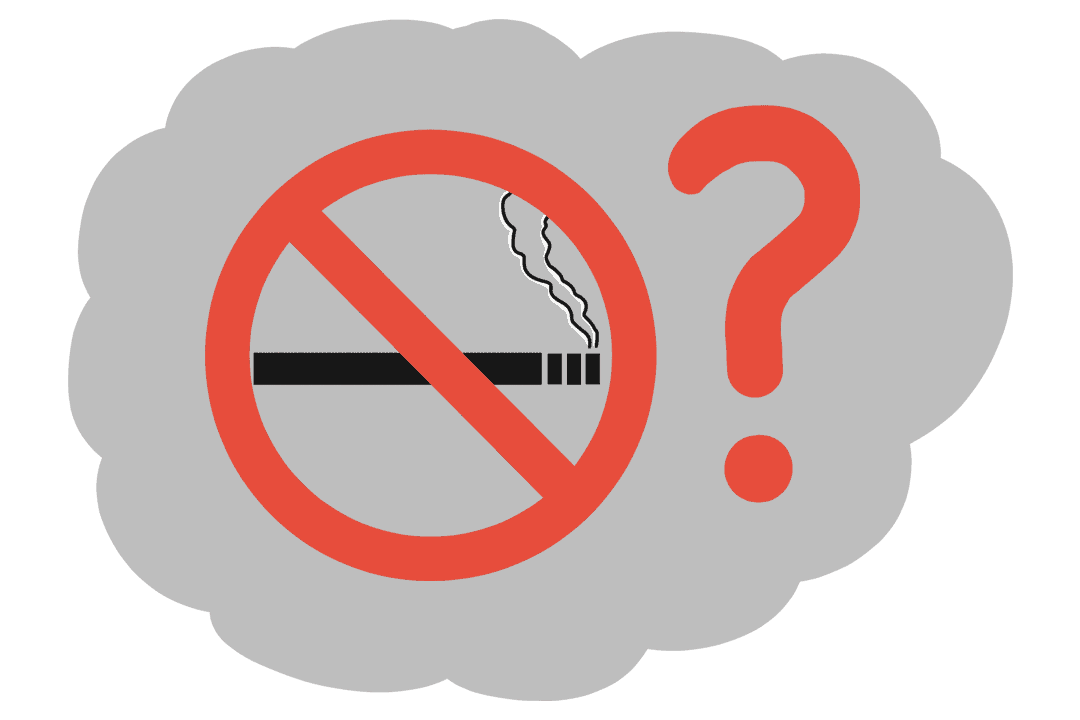I was standing outside Sidney Smith Hall when one of my friends lit a cigarette. He closed his eyes and took a nonchalant long drag, as if he were a character in a James Bond movie.
I, on the other hand, glanced around nervously to check if anyone saw or was bothered by it. Didn’t he know smoking on university grounds had been banned for a year now? I shot him a dirty look.
“What? No one cares,” he said laughingly.
I stood there, slouching in the corner, waiting for him to finish smoking his cigarette, and watched people pass by. No one looked up or glanced our way, let alone tried to stop my friend from smoking. He was right — no one cared. But the real question was, why?
On December 13, 2018, U of T’s Governing Council passed a smoke-free policy. Starting January 1, 2019, smoking, holding a lighted tobacco or cannabis cigarette, and using an e-cigarette or any other vaping device on university property would not be allowed. It didn’t matter if you were smoking on a locked roof somewhere or in one of the many secluded gardens around the university — smoking was banned everywhere.
The policy was introduced to provide a healthy environment for everyone at U of T and to protect students from second-hand smoke. This was both a bold step and a sign of good will, considering that “800 non-smokers die each year from lung cancer and heart disease through exposure to second-hand smoke,” according to U of T.
However, the policy failed to work for two reasons.
First, U of T’s administration didn’t clarify the penalties for smoking on campus. The policy simply reads, “Enforcement measures will depend on the individual’s relationship with the university, the nature of the infraction, and the place in which it occurred.” Thus, lack of clarity around consequences failed to stop people from smoking on campus.
Second, unlike UTSC and UTM, the administration at St. George also apparently didn’t think it was important to create accessible designated smoking areas, noting that community members can smoke on “city-owned property.” There were so many problems with this. For starters, people don’t know which streets are part of campus and which are not, meaning that they are not sure where they can and can’t smoke.
Further, it just doesn’t make sense for U of T to have people walking around policing students on where they can smoke and where they cannot. Hence, the policy didn’t quite take off like it was supposed to.
As a result, people are still smoking everywhere — especially with the popularity of e-cigarettes. I started noticing people taking Juul hits inside classrooms, under the table in study areas, or sometimes even in university bathrooms. While walking around, I started looking out for cigarette buds as well. I found most of them lying in front of Robarts Library, followed by the Bahen Centre for Information Technology. The findings made sense though. Those are two of the many populous places for late-night study sessions on campus, and students usually take a lot of cigarette breaks.
It was finally after these multitude of observations that I realized where students’ apathy toward the policy was coming from. It was simply from the lack of enforcement and penalization connected to the policy, and hence, we chose to ignore it.
And therefore, the smoke-free policy only exists now as a stark reminder of something that is well intended, yet ridiculous.


